10 Canadian Travel Warnings U.S. Visitors Should Pay Attention To
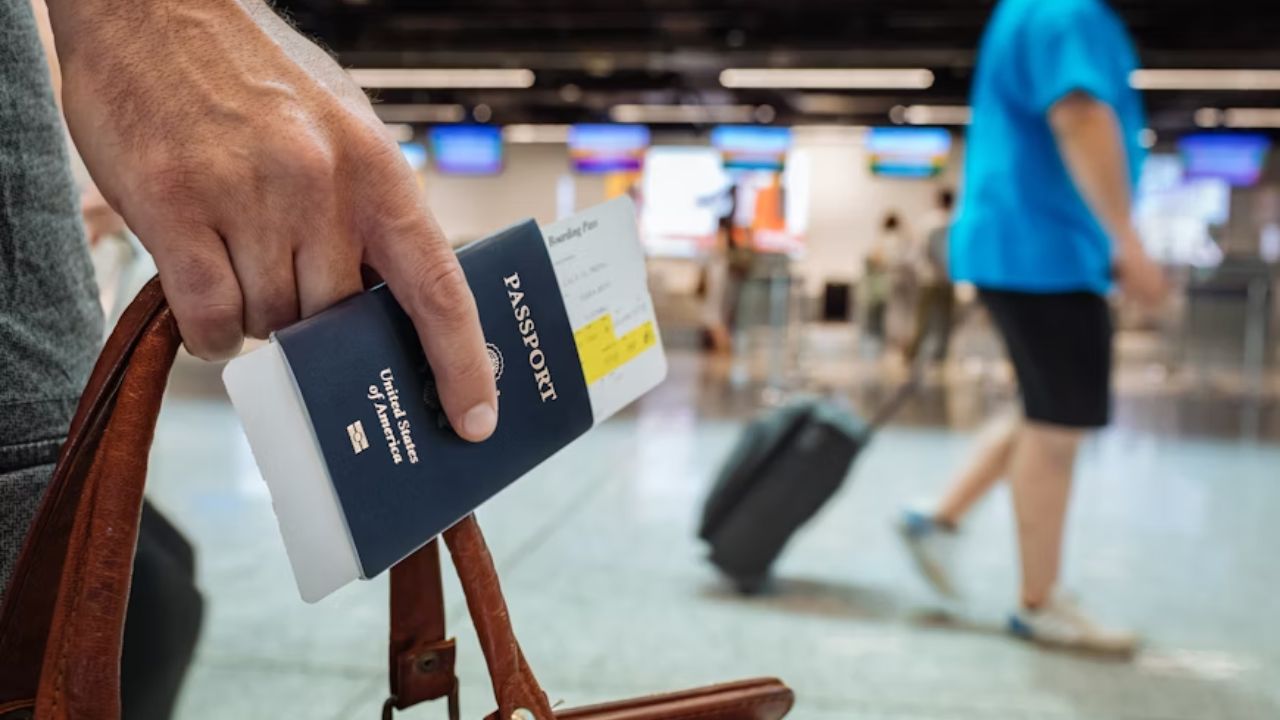
Canada might be friendly and familiar, but don’t assume your U.S. travel habits will work here. From extreme weather to unexpected legal rules, there are things American visitors often overlook. Understanding these warnings could save you from fines, trouble, or even danger. Whether you’re hiking in the Rockies or strolling through Montreal, it’s smart to stay alert. Here are 10 Canadian travel warnings every U.S. tourist should know before they cross the border.
Wildfires Can Disrupt Your Trip Fast
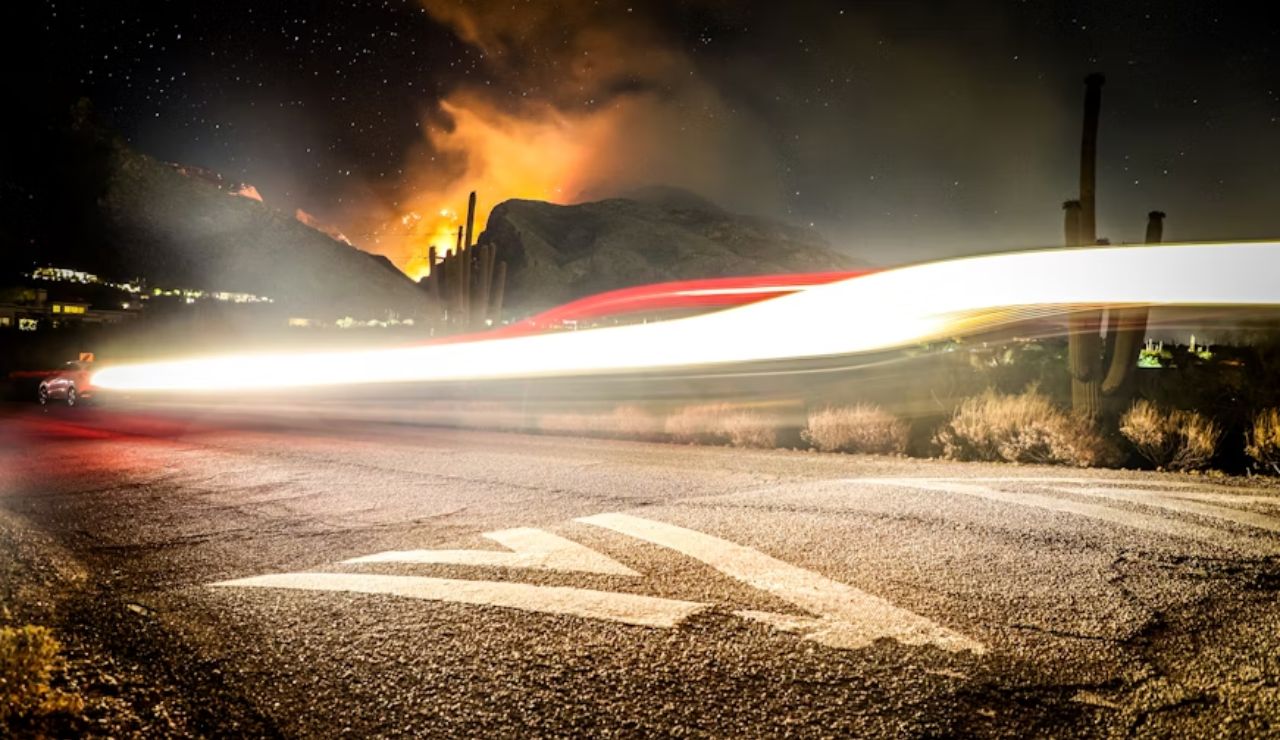
Wildfires in Canada aren’t rare, they’re seasonal threats, especially in British Columbia and Alberta. If you’re heading west during summer or fall, check local alerts. Smoke can worsen air quality for miles, and highways or parks might shut down without notice. Even nearby cities like Vancouver can experience haze. U.S. travelers often underestimate how quickly fires spread. Always follow evacuation orders and pack a mask if you’re visiting high-risk zones during fire season.
Cannabis Laws Are Legal but Tricky
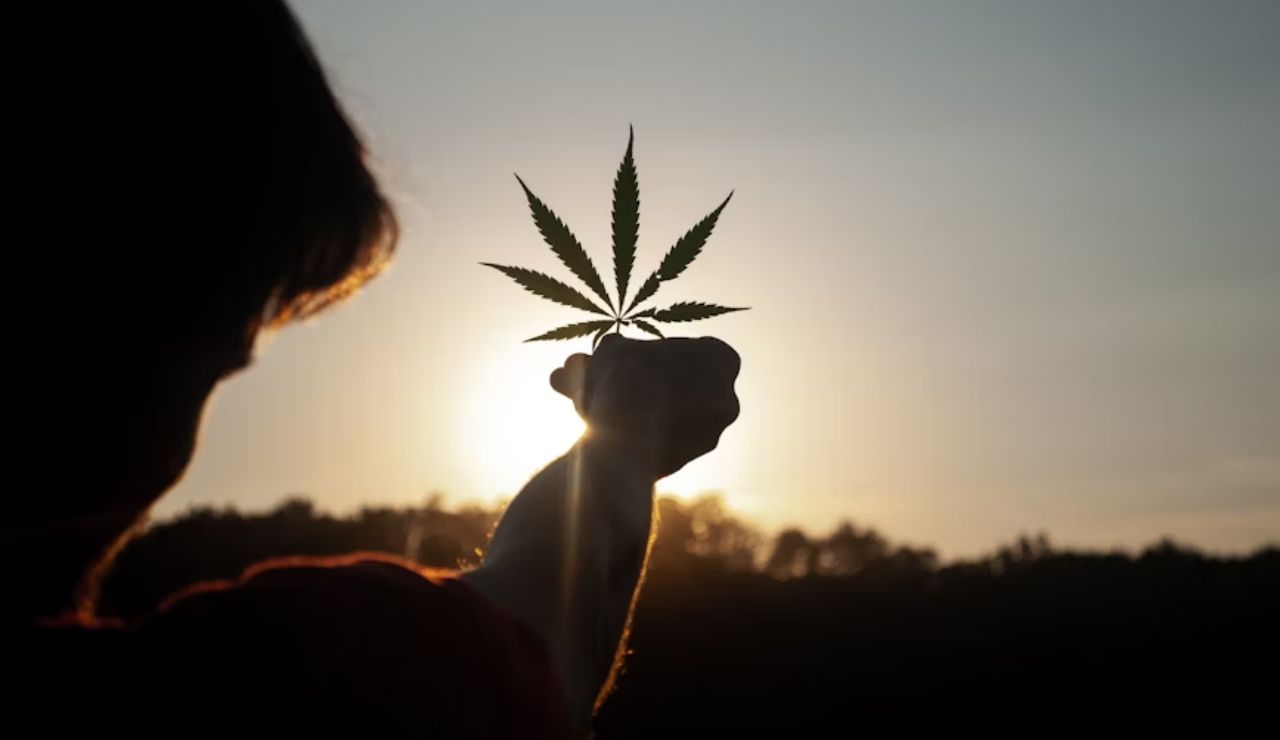
Yes, cannabis is legal across Canada ,but that doesn’t mean you can use it freely. Each province sets its own rules on possession, age, and public use. In some places, lighting up in public could get you fined. Also, don’t even think about bringing cannabis across the U.S., Canada border, it’s still illegal federally. Many Americans are caught off guard by how tightly regulated this freedom actually is. Always check local laws before you roll.
Quebec’s French Rules Are No Joke
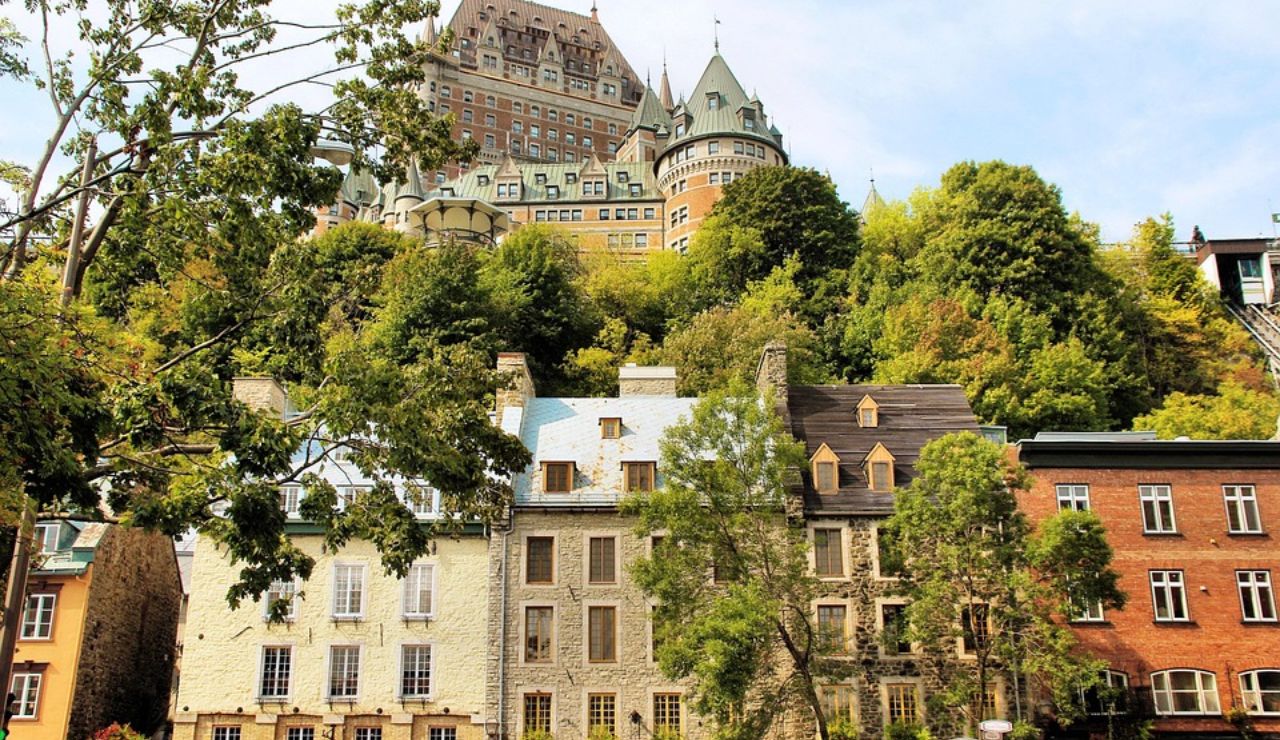
If you’re traveling to Quebec, expect signs, menus, and official communication to be in French. Businesses are legally required to prioritize the language, and employees may not speak English, especially in smaller towns. Even store names and labels must comply with language laws. While major cities like Montreal are bilingual, outside of them, French is essential. This isn’t just a cultural preference, it’s the law. Download a translation app and be ready to oui your way around.
Wildlife Isn’t Just Scenic, It’s Dangerous
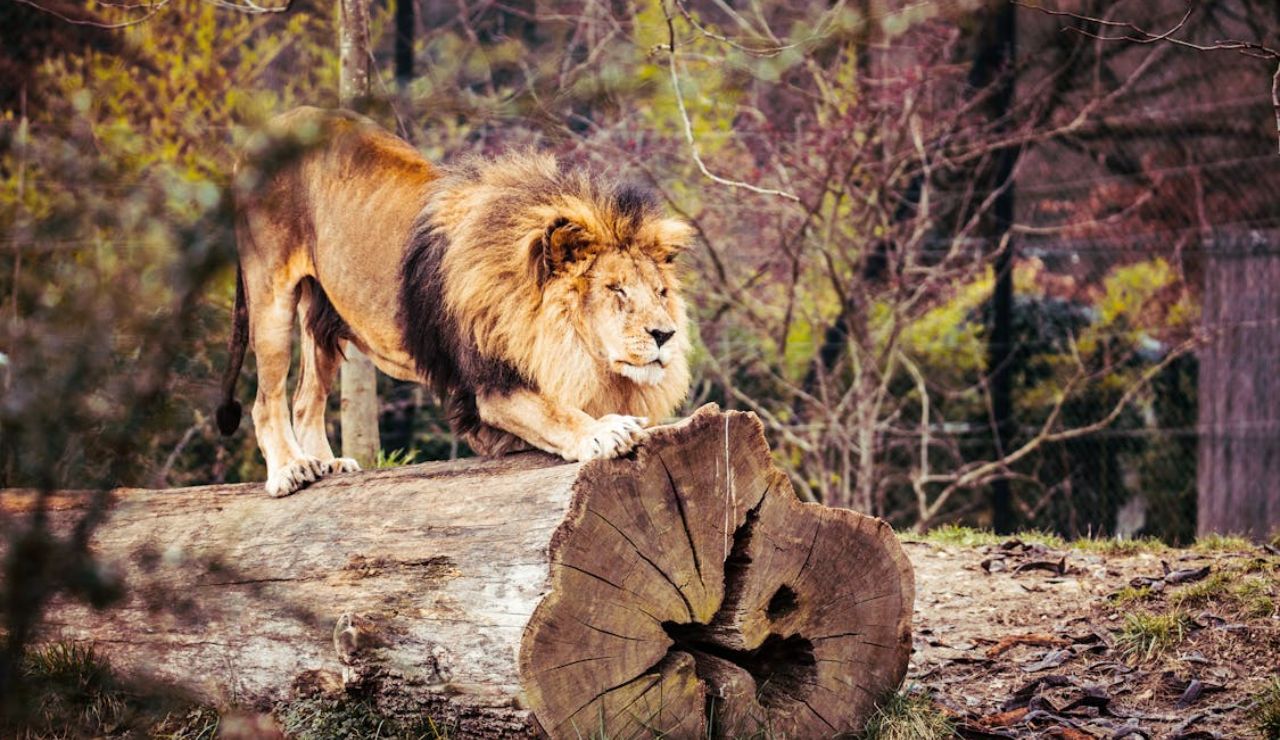
Moose, bears, and wolves aren’t just postcard material, they’re wild animals that pose real risks. U.S. visitors sometimes treat Canadian wildlife like a zoo. Don’t. Attacks are rare but serious, especially in parks like Banff and Jasper. Moose collisions on highways are also deadly and common in rural areas. Follow all wildlife signage, store food properly, and never approach animals for photos. In Canada, nature is breathtaking, but it demands serious respect from travelers.
Remote Areas May Lack Emergency Access
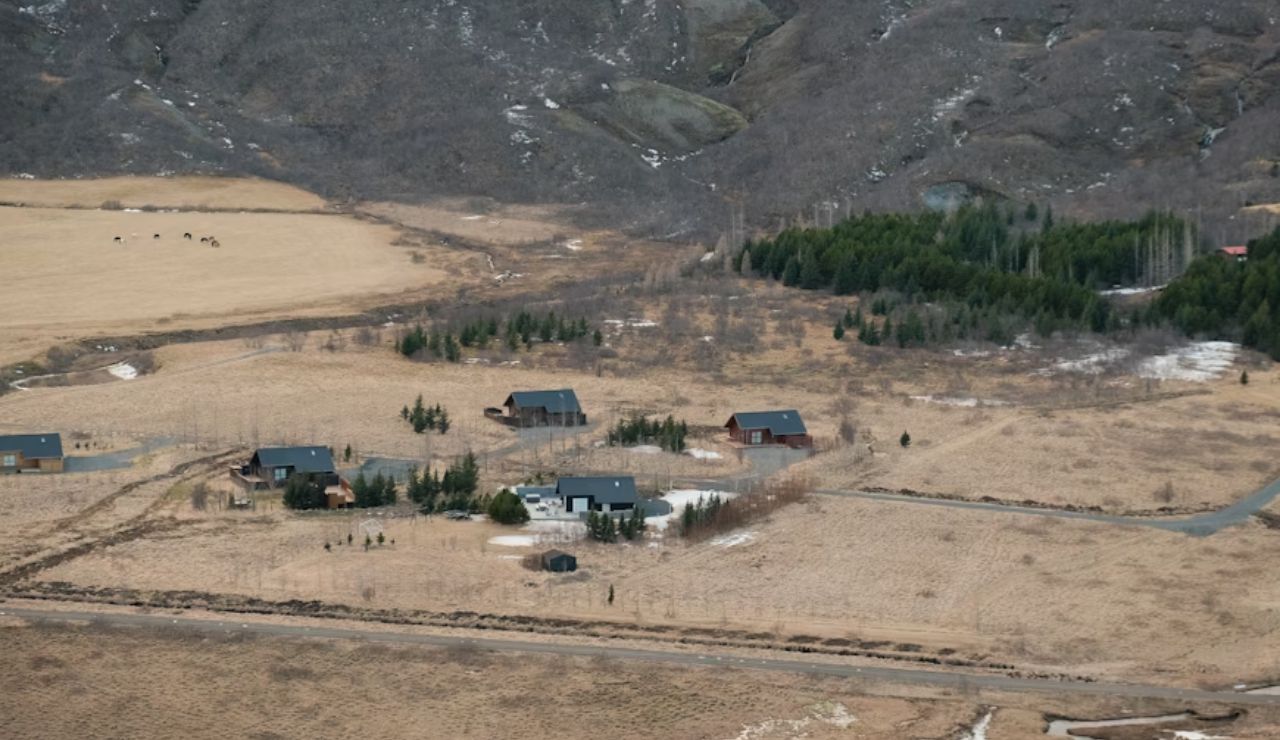
Canada is massive, and some regions are extremely remote. While 911 exists nationwide, response times can be slow in the wilderness. Cell service often drops outside major towns, especially in the north or along rural highways. If you’re hiking or road-tripping in less populated provinces like Yukon or Newfoundland, carry a map, tell someone your route, and pack emergency gear. In remote parts of Canada, help could be hours, or even days, away.
Winters Can Be Brutal and Dangerous
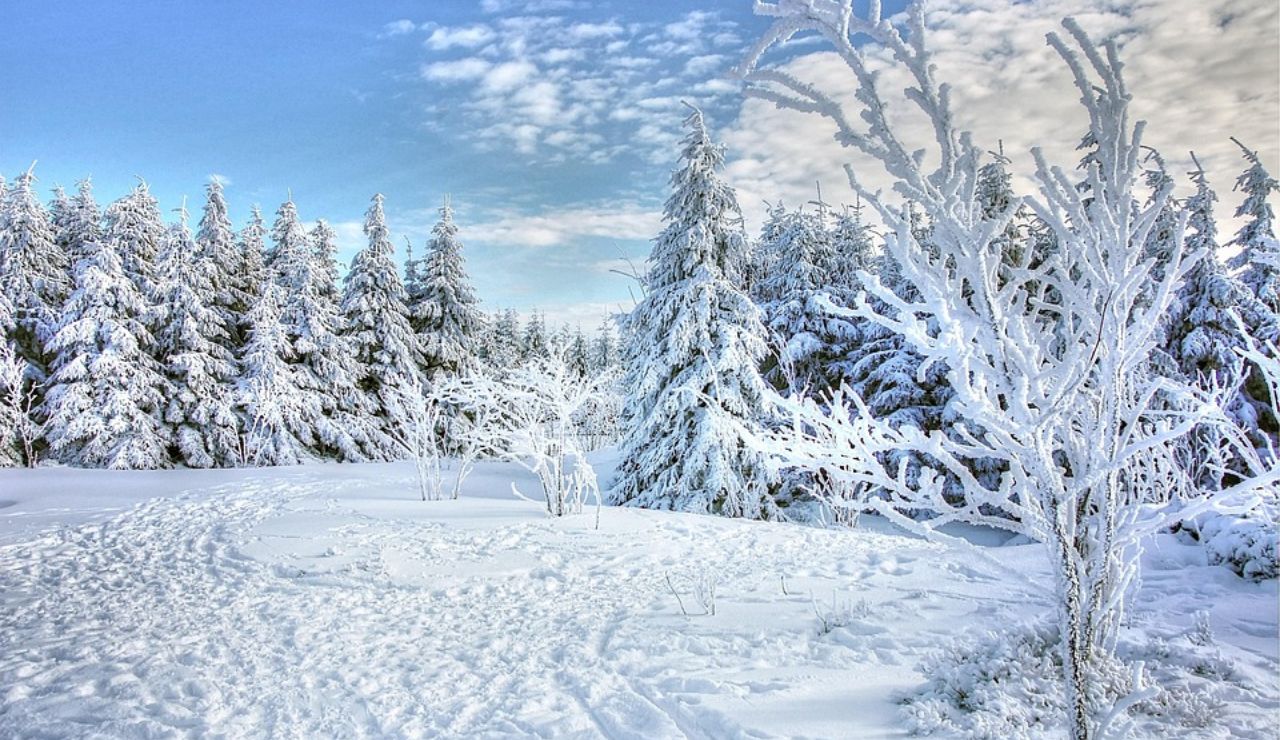
Think you’ve seen snow? Think again. Canadian winters can be dangerously cold, especially in provinces like Manitoba, Saskatchewan, and Quebec. Temperatures can drop below -30°C with wind chills that freeze skin in minutes. Many U.S. travelers aren’t equipped for this level of cold. If you’re visiting during winter, pack thermal layers, proper boots, and check weather alerts daily. Winter beauty here is real, but so are frostbite and road closures from sudden storms.
Your U.S. Health Insurance Won’t Work

One of the most important warnings: your U.S. health insurance likely won’t cover you in Canada. A trip to the ER could cost hundreds, or more. While Canada has universal healthcare for citizens, tourists pay out-of-pocket unless they have travel insurance. Snowboarding accident in Whistler? Sudden illness in Toronto? You’ll be footing the bill. Always buy travel insurance that includes medical coverage before your trip, it’s cheaper than the risk you’re taking without it.
Drinking Laws Vary and Are Strict
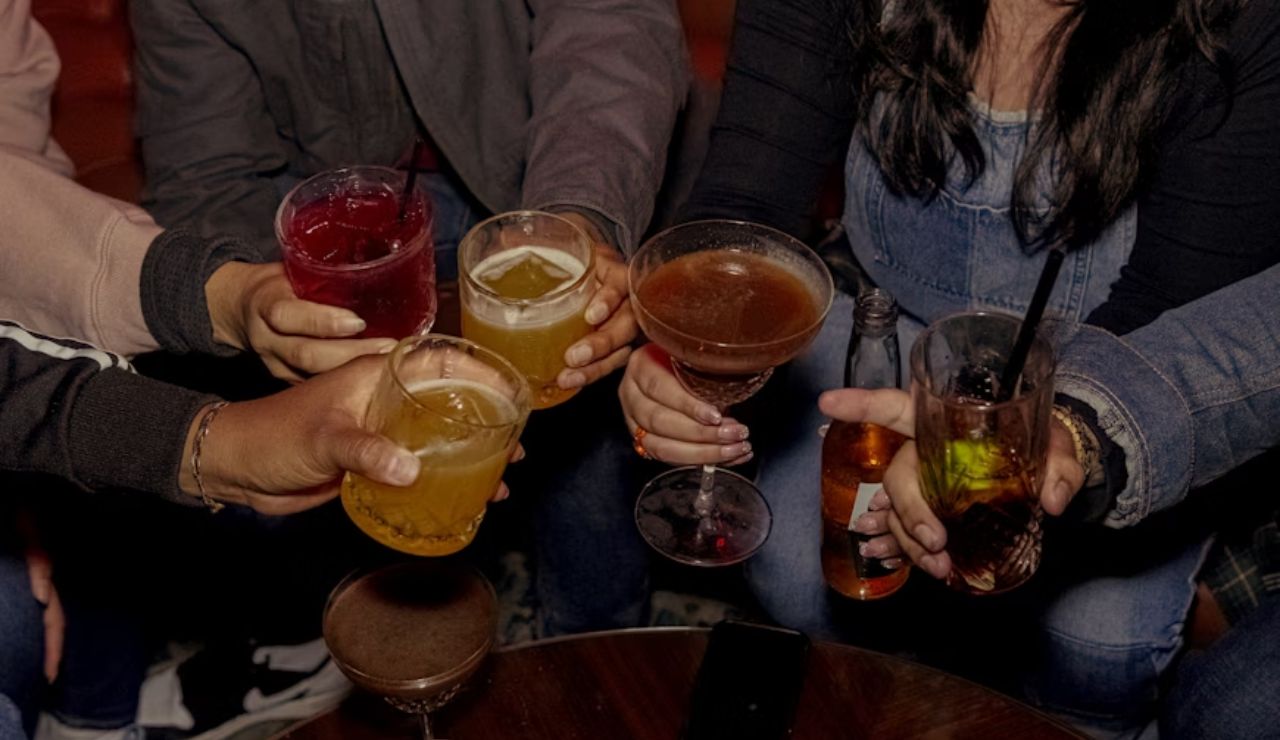
Drinking in Canada is legal at 18 or 19 depending on the province, but the rules around alcohol are strict. You can’t drink in public places like beaches or parks unless specifically allowed. DUI laws are also tough, Canada can deny entry to Americans with past DUI convictions, even if they’re years old. Open alcohol in a car is also a no-go. Respect local laws, or you could end up with a ticket, or denied entry entirely.
Road Conditions Aren’t Always Smooth
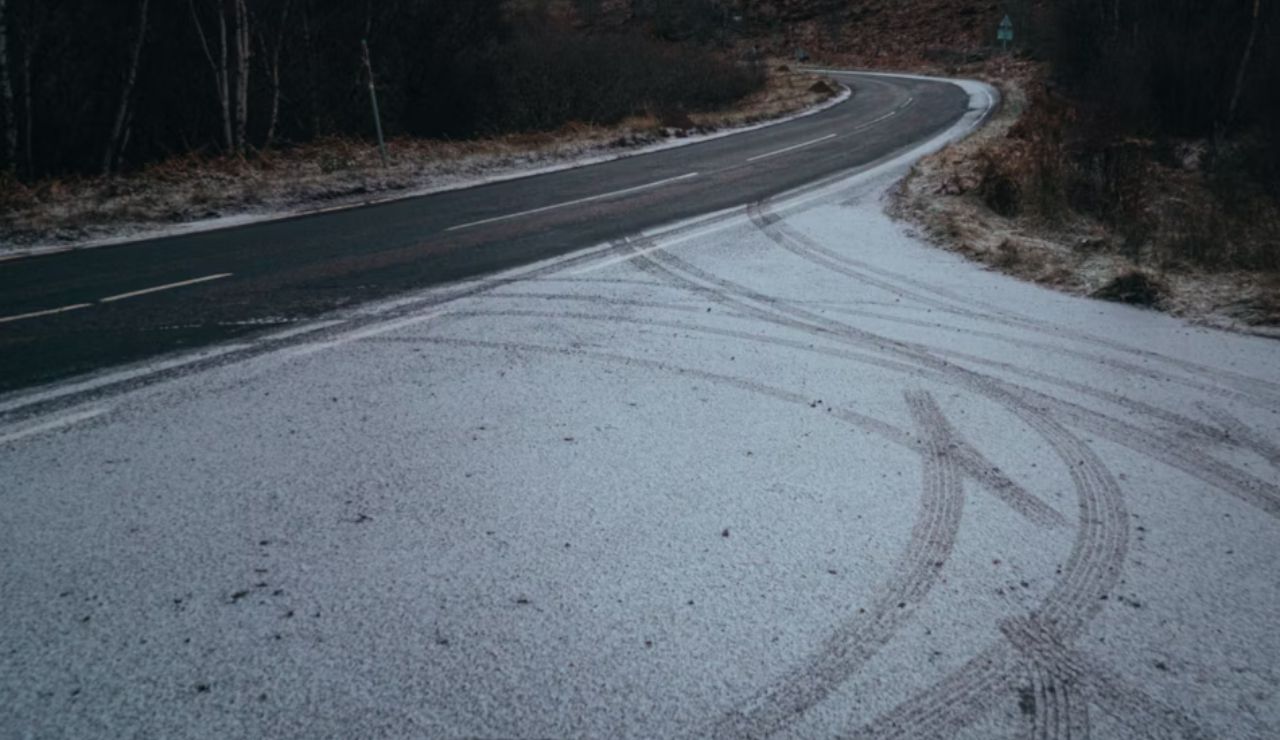
Canada’s highways can be beautiful but treacherous. Icy roads, wildlife crossings, and long stretches with no gas stations are common outside urban areas. In winter, snowstorms can appear without warning. Even in summer, mountain passes like those in British Columbia can be challenging. Many provinces post real-time road condition alerts online, use them. Don’t assume GPS alone is enough. If you’re driving long distances, prepare like a local: pack snacks, a blanket, and a full tank.
Some Indigenous Lands Have Entry Limits
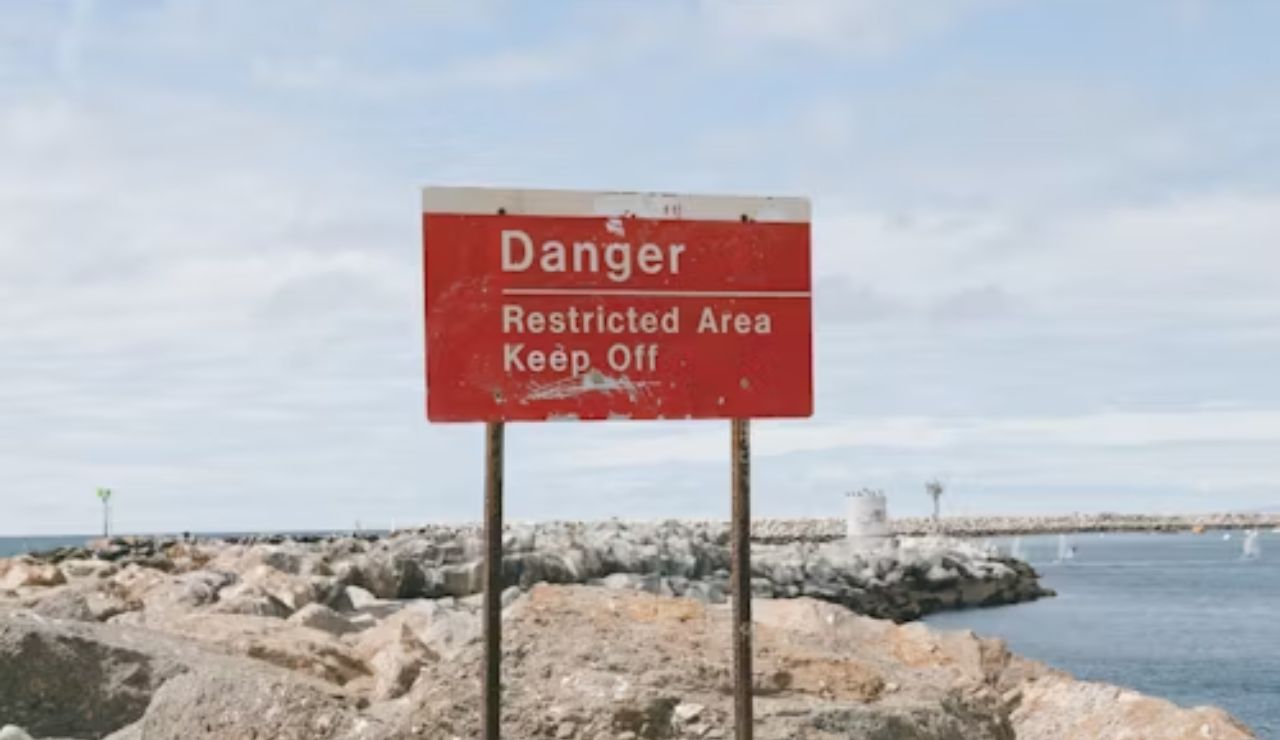
Many of Canada’s Indigenous communities have their own rules, including restrictions on outside visitors, especially during health emergencies or wildfire seasons. These aren’t tourist spots, and showing up unannounced could be seen as disrespectful. Some areas may require advance permission to enter or have cultural protocols you must follow. Always research before visiting Indigenous territories. Respect isn’t optional, it’s essential. These are sovereign spaces with deep histories, and visitors should tread thoughtfully.